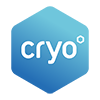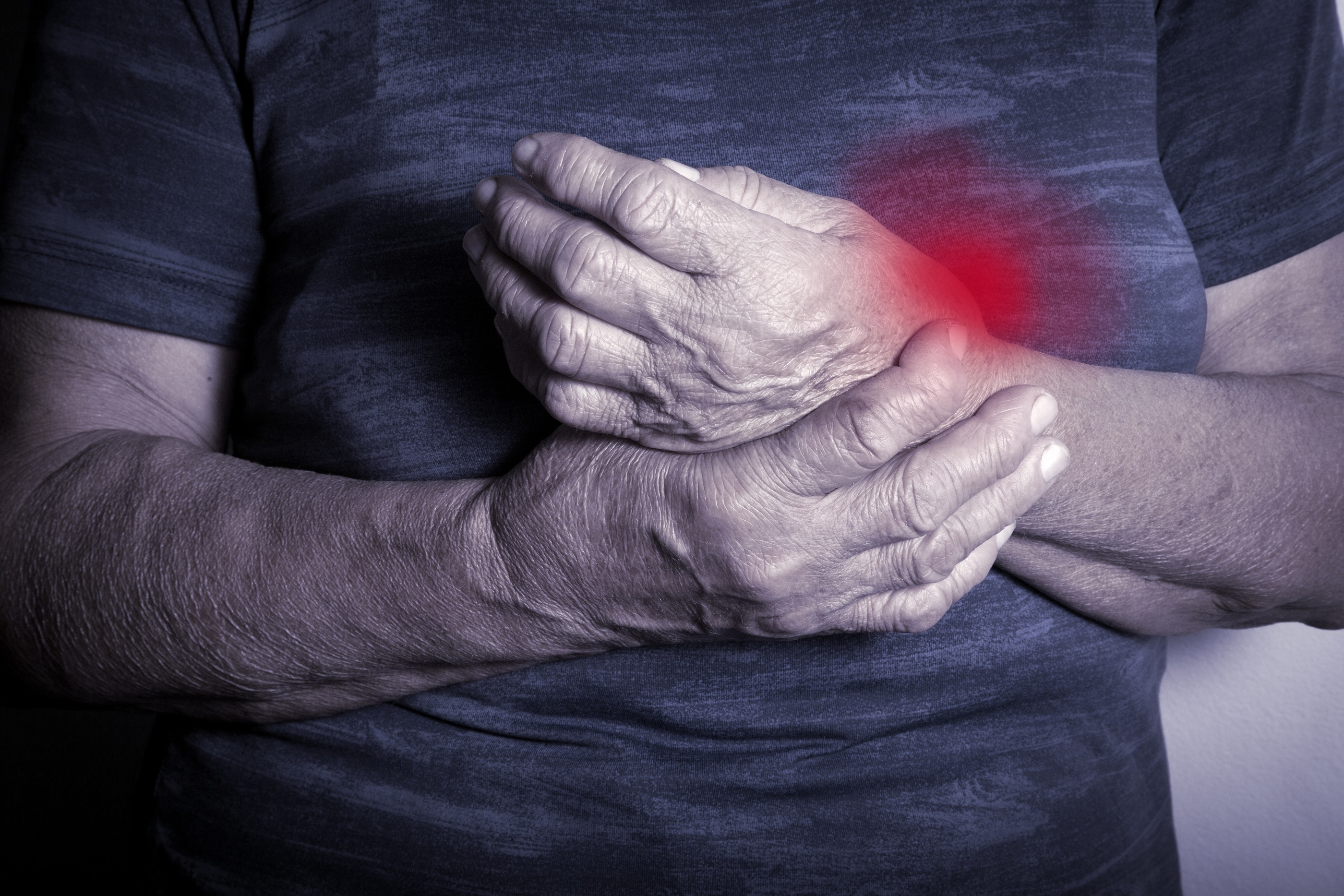Effective Injury Treatment
Regular gym users and sports people will often seek out an effective injury treatment when they experience discomfort and muscle soreness from unaccustomed exercise. Typically the soreness starts about 12 hours after the exercise and can peak at about 48-72 hours.
The degree of pain can range from mild soreness to complete debilitation of the muscles which can take up to 4 days to subside.
Post exercise muscle soreness is caused by subjecting your muscle fibres to trauma. If you return to exercise too early, you risk further injury and that can interrupt your training. You may need to try a drug free injury treatment, such as Cryotherapy.
Faster Healing and Recovery with Cryo Treatment
Cryotherapy is the application of cold to the muscles. Cold has been used as an effective injury treatment to decrease inflammation, pain and spasms as early as 2500 BCE(1). Athletes have traditionally used 15 minute ice baths and ice packs.
Cryo treatments are fast becoming one of the most popular ways to potentially treat acute soft tissue injuries but most of the medical research to date is on animal models. Despite this, there is much anecdotal evidence that supports the use of cryotherapy treatments for the treatment of injuries(2).
However, there are a number studies that have been carried out on adults using cryotherapy as a treatment option for injuries such as sprained ankles(3). A study was performed on a number of participants that stated that “because of the lack of significant evidence, it cannot be said with certainty that ice treatments are or are not effective in expediting the recovery”(4). Further research is clearly needed in this area.
Using a Whole Body Cryotherapy Sauna
Sitting in a bath of ice for that length of time is not a pleasant experience, however there is now a much quicker and more comfortable method available which is Whole Body Cryotherapy, which can be the best way to treat larger areas of the body. Treatment is via a Cryo Sauna in which the person enters a treatment area about the size of a shower and their head is above the sauna. During treatment, the person is exposed to cold, dry air (down to approximately -170 degrees celsius for a maximum of 3 minutes. The shorter treatment time and the dry cold is much easier to tolerate than an ice bath. You are constantly supervised during your treatment by trained staff and you may leave the chamber at any time during your treatment. In summary, whole body cryotherapy can be an effective injury treatment option for faster recovery and functionality.
References:
- -1- Freiman, A. (2005). History of cryotherapy. Dermatology Online Journal, 11(2)
- http://escholarship.org/uc/item/4f62h9vt
- -2- Bleakley, C. M., & Davison, G. W. (2010). Cryotherapy and inflammation: evidence beyond the cardinal signs. Physical Therapy Reviews, 15(6), 430-435
- http://www.tandfonline.com/doi/abs/10.1179/1743288X10Y.0000000014
- -3- Journal of Athletic Training (Aug 2012). What Is the Evidence for Rest, Ice, Compression, and
- Elevation Therapy in the Treatment of Ankle Sprains in Adults?
- http://www.ncbi.nlm.nih.gov/pmc/articles/PMC3396304/
- -4- Molly Day, Emily Ploen, Facility Sponsor: Cordial Gillette (2010) – Dept of Exercise and Sport
- Science. The Effectiveness of Cryotherapy in exercise induced muscle soreness.
- https://www.uwlax.edu/urc/JUR-online/PDF/2010/day- ploen.ESS.pdf

